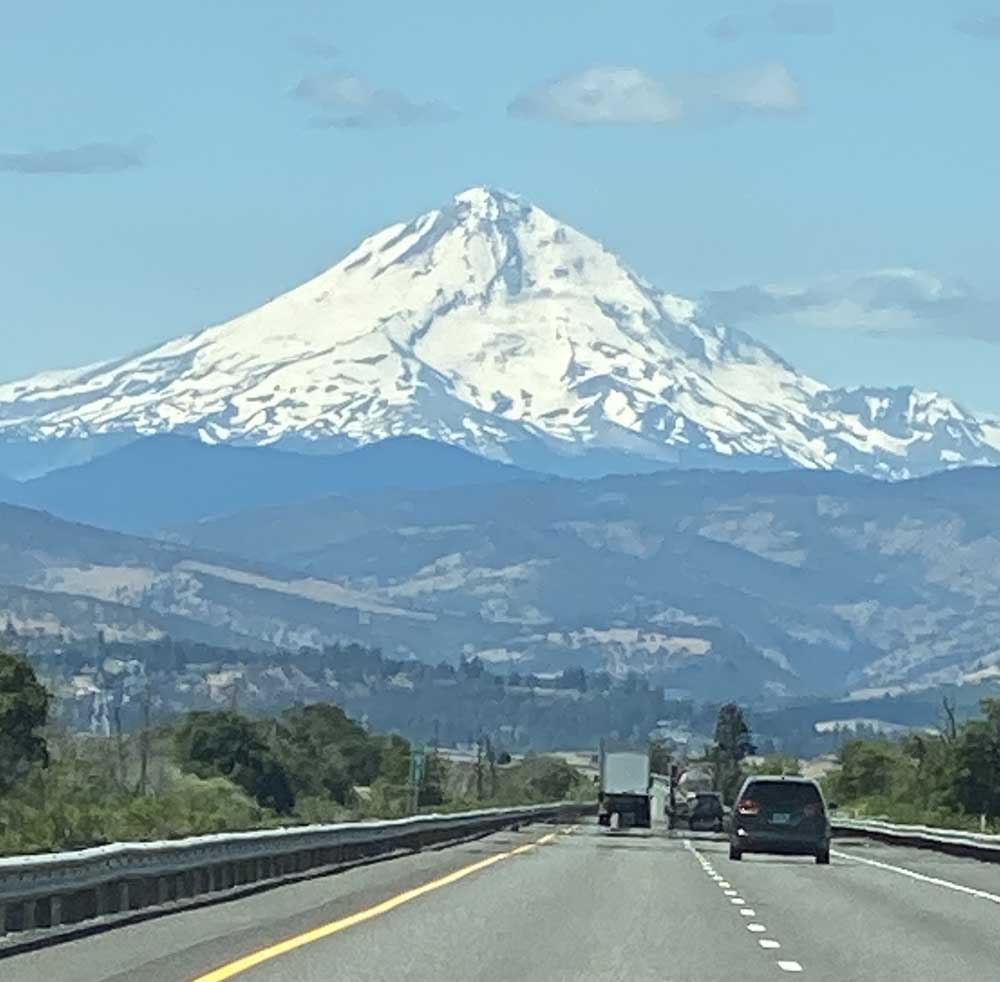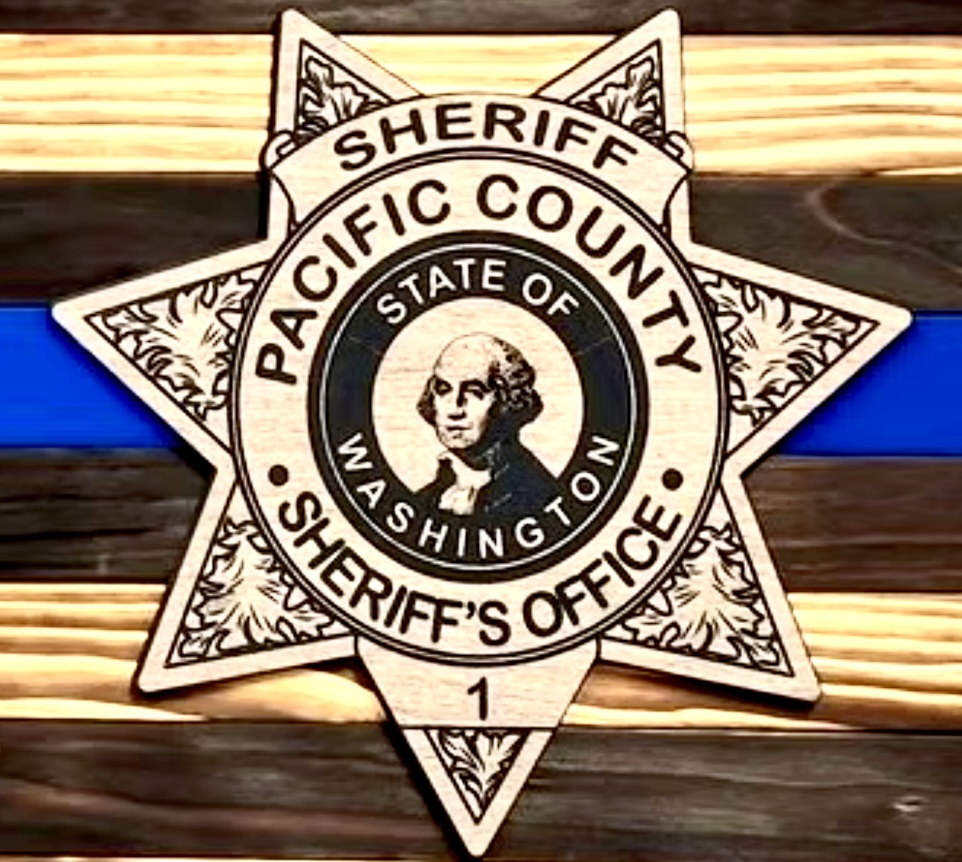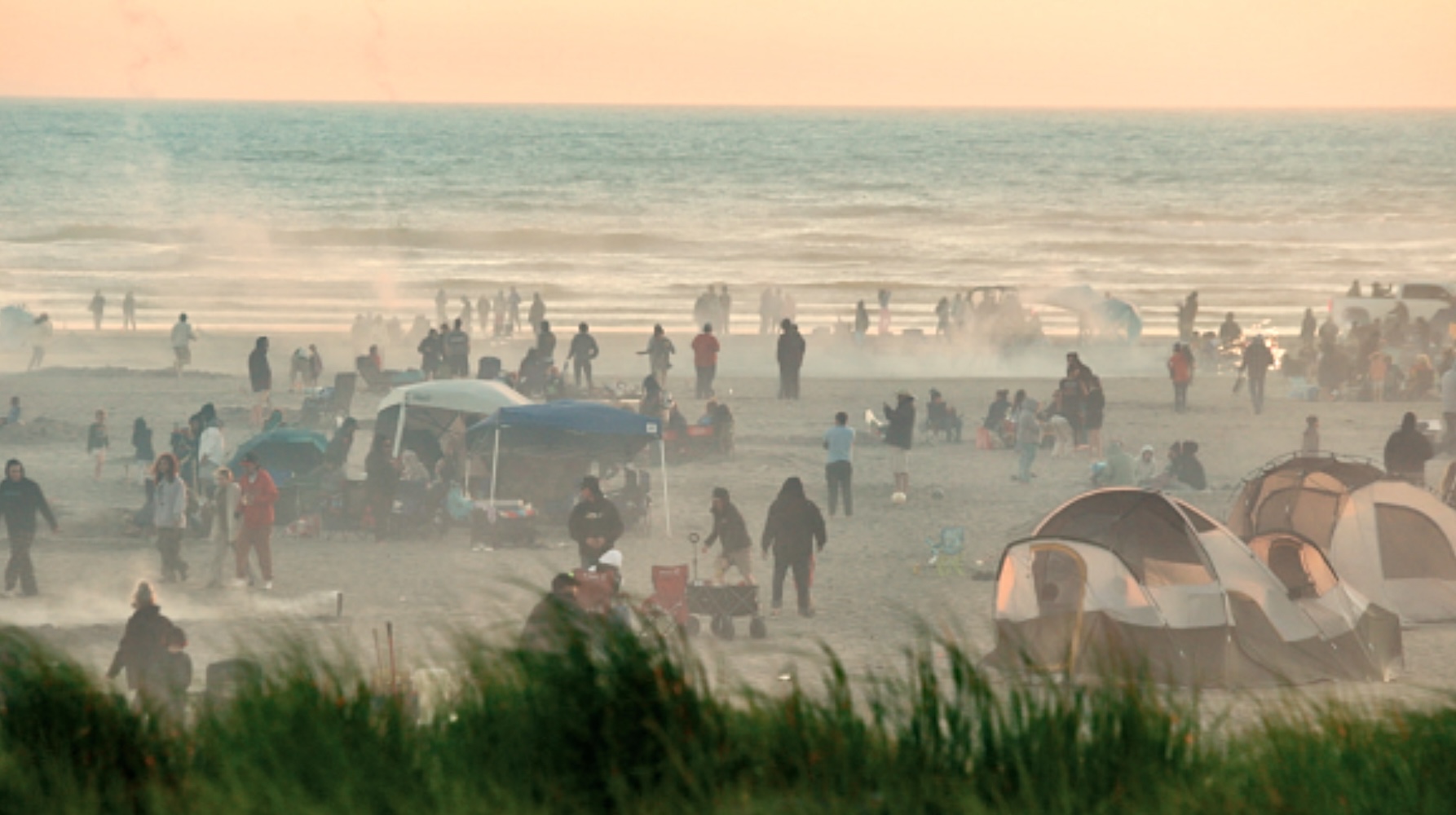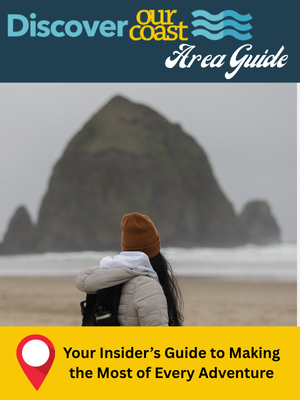Coast Chronicles: Out ‘n About
Published 10:26 am Monday, July 15, 2024

- Time for a road trip: Mt. Hood from Oregon Highway 84.
Can you believe the summer is nearly half over? At least by my estimation, we have until the end of August to do “summer stuff” before the kids go back to school, the weather takes a turn, and fall slips in between the slats of the fence and settles. So I ask you — have you taken a little summer outing yet this year? And, if not, why not?
Yes, I know our weather has been astoundingly lovely of late, and we certainly don’t need to go anywhere to enjoy ourselves — we can simply stay home and take in the beauty of the Peninsula. But sometimes it’s nice to get out of town for a change of scene. And, you don’t need to go far to see a few new and inspiring sights.
Satus Pass
As a Washingtonian born and bred, even in my seventh decade, I can still be surprised by things I don’t know about our amazing state. We have such variety and splendor in every corner north, south, east and west. So just a short couple notes about a round-about I took a couple weeks ago: Yakima, to the beach, to Seattle, and back. This is a well-trodden route for me as I grew up in Yakima, and trips “home,” especially during fruit harvesting season are always a treat. (Apricots are still coming and peaches are close behind.)
From the Yakima Valley, I skipped past Miner’s (best ‘burgs in the state, with an amazing mini-museum of Native arts); past Fruit City in Union Gap, for more apricots; through the Lower Valley, past the cheap gas station in Wapato; and the Yakama Nation Cultural Center (www.yakamamuseum.com), a great place for soaking up Native stories and perusing the wonderful gift shop. Then I made a right turn just before Toppenish, a little town known for its abundant murals, Hispanic food and culture; and onto the highway that takes you over Satus Pass.
Slightly past the summit at 3,107 feet, on the way down to Goldendale, don’t miss Saint John’s Greek Orthodox Monastery and Bakery (2378 U.S. Highway 97), out in the middle of nowhere, where you’ll find baklava, koulorakia, spanakopita, coffee, chocolates, jams, honey, religious icons and cards. (stjohnmonastery.org). The sweets are unbelievably scrumptious. Those nuns known their way around a kitchen.
The Mighty Columbia
As you approach Goldendale proper you’ll start to see rows and rows of huge wind turbines because the Columbia River Gorge at this point is known for its wind. And just past town there’s a spot where, on a clear day, you can see four mountains as you look across the wheat fields to the west: Hood, St. Helens, Adams, and peeking above the foothills, Rainier.
You can’t drop down to the Columbia River without being awe-struck imagining the tremendous force that cut this river gorge over eons — it’s “ the only place in the world where a mighty river crashes through an entire mountain range.” Forty plus or minus glacial Ice Age floods cut the canyon. During the last two million years the Missoula Floods, as they’re called, “generated water flows ten times the total flow of all Earth’s rivers. They transformed river tributaries into the world’s largest concentration of waterfalls: about 80 named falls, including famous 620-foot Multnomah Falls, the United States’ second-highest year-round waterfall.” The Columbia River is the only sea-level route through the Cascades (more info here: tinyurl.com/bdz4y2hw).
The day I was traveling there was an accident and backed up traffic on Highway 84, the route on the Oregon side of the river, so I traversed our great river on the Bridge of the Gods, exiting at Cascade Locks for a cuppa joe before heading onto Washington Highway 14. The current Bridge of the Gods is a steel truss cantilever bridge spanning the river, but the original one was a natural dam created by the Bonneville Slide, a major landslide that took place around 1450 and blocked the river with debris about 200 feet high and 3.5 miles long. Eventually the river won out and broke through, creating the Cascades Rapids. (Native stories about this period of geological unrest are here: tinyurl.com/muzdcj58).
Fort Cascades National Historic Site
Because I’m usually traveling on Oregon Highway 84, the fastest way home, taking the road on the Washington side was new to me. So I decided to take a lunch break and exited off Highway 14 to the backside of Bonneville Dam. Wow! — it was a lesson in getting out of one’s rut.
I stumbled onto the Fort Cascades National Historic Site. Fort Cascades was a U.S. Army fort constructed in 1855 to protect the portage around the final section of the Cascades Rapids. There are several spots riverside that give you fantastic views of the Bonneville Dam spillway; and there are trails to all sorts of interesting historical places: the Warren Fishwheel; 1894 flood site; portage railroad and tramway; Native petroglyphs; early pioneer Thomas McNatt’s hotel, barn and stables; and the Cascadia townsite. I couldn’t take it all in, but I’m resolved to visit again when I can linger. What’s the sense of traveling if you can’t stop to see what there is to see?
Here’s a link with tons of information about this fascinating hidden corner of Washington state history: tinyurl.com/bdhh7aw9. I drove on to visit friends in Vancouver and pick up Jackson (he’d been staying with his “Aunties” because I’ve had some medical challenges of late), and headed home.
Daniel J. Evans Sequoia
After a couple days respite in our lovely cool beautifully green paradise — and after making it through the insanity of hosting another “Fireworks for Rude & Foolhardy Strangers” weekend — it was back to Seattle for more medical thrills. On this trip, despite having driven this route oh so many times over the years, I was surprised again by something I’d managed to miss on every single other trip.
When going through Olympia and cutting over to I-5, if the time is right, I generally stop at Meconi’s for — as far as I’m concerned — one of the best subs on the West Coast ( www.meconissubs.com). Usually I call ahead, grab my sub, and go; but on this day last week, the weather was ghastly awful-hot, the traffic was messy and crazed, and I decided to stop and eat at an inviting looking spot just kitty-corner from Meconi’s: “Centennial Park, developed by the Boy Scouts Tumwater Area Council.” I’d noticed this block of trees before, but had never stopped or even known that it had an official name.
As I approached, with Jackson in tow, sub in my hand, I looked up and OMG! — in the middle of this unassuming plot of land is one of the biggest trees I’d seen since I traveled the “Avenue of the Giants” in California. One single tree towered above the others: a Sequoia sempervirens which must be so lonely there all by itself in the midst of our urban capital.
I spoke to it with respect and sorrow, apologizing for its place in time — trees can’t migrate when/if they need to as conditions change and weather warms. This grand old tree is 126 years old — magnificence incarnate! (More info here: tinyurl.com/4d2taacw.) It was originally planted on “a small knoll on the homestead of Russell O’Brien, an Irish immigrant” and then the city grew up around it. That plot, now Centennial Park, is at 201 Union Avenue SE, Olympia. If you have time, grab a sandwich at Meconi’s, go by and say hello.
So let me say again, you don’t have to go far to explore, to have adventures, to find wonder. Yes, the world is a big and wonder-filled place, but you don’t have to travel the seven seas or fly to distant lands to find treasures. There are adventures to be had in every corner of our great state.









